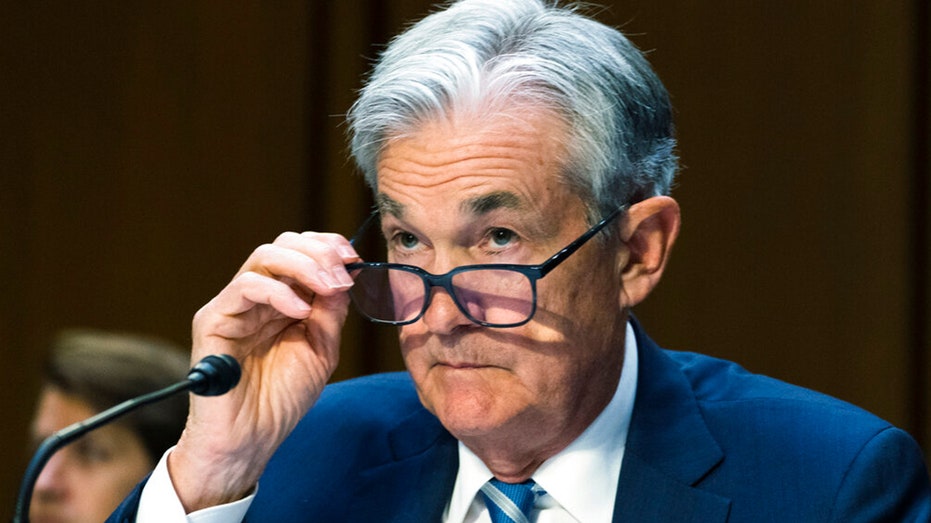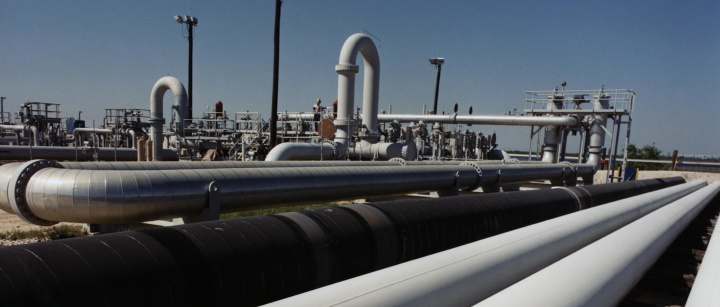Federated Hermes chief equity strategist Phil Orlando and Sarge986 president Stephen Guilfoyle discuss how many more rate hikes it will take to slow inflation on ‘The Claman Countdown.’
Inflation continued its relentless march higher in June, with consumer prices accelerating even more than expected to a new four-decade high last month.
The Labor Department on Wednesday morning reported that the consumer price index (CPI), a broad measure of the price for everyday goods, including gasoline, groceries and rents, rose 9.1% in June from a year ago. Prices jumped 1.3% in the one-month period from May. Those figures were both far higher than the 8.8% headline figure and 1% monthly gain forecast by Refinitiv economists.
It marks the fastest pace of inflation since December 1981.
In an even more alarming development, so-called core prices, which exclude more volatile measurements of food and energy, climbed 5.9% from the previous year. Core prices also rose 0.7% on a monthly basis — higher than in April and May — suggesting that inflation is becoming increasingly sticky as it broadens throughout the economy.
Experts say it could take some time for inflation to begin to cool off — and even then, that doesn’t mean prices are going to fall for consumers.
SEARING-HOT INFLATION DATA OPENS DOOR TO 100-BASIS POINT FED RATE HIKE IN JULY
“The idea that we’re going to be back anywhere near 2% inflation rate in the near term is fanciable,” RSM chief economist Joe Brusuelas told FOX Business on Thursday. “It’s going to be a hard, long slog. A lot of heavy lifting on the part of the Fed. And they’re going to clearly risk triggering a recession to restore price stability.”
Fueling the price spikes are several issues related to the pandemic and the rousing economic rebound from the worst downturn in nearly a century. In the wake of lockdown orders that saw a broad swath of the country shuttered, the economy staged a stunning comeback, powered by unprecedented levels of government spending, emergency steps by the Fed and the widespread distribution of vaccines.
As Americans — flush with stimulus cash — ventured out to shop, eat and travel, businesses struggled to meet the demand, reporting difficulties in onboarding new employees and buying enough supplies to satisfy the need. Many businesses, in order to attract new talent, hiked wages — but to offset those increases, employers have reported raising the prices of their products.
The matter was complicated by bottlenecks at ports and freight yards, along with a lack of shipping containers, snarling the global supply chain.
In recent months, however, the Russian war in Ukraine has further exacerbated the inflation crisis by elevating food and energy prices. Energy prices have surged by nearly 42% over the past 12 months and climbed 7.5% in the one-month period in June alone.
“We’re still dealing with the shocks of the pandemic and overheating economy stimulated by robust, aggregate demand,” Brusuelas said. “We’re only seven months into the price stability campaign at the Fed, which has not yet yielded the tangible results we’d like to see.”
Price increases in June were extensive, suggesting that inflation may not be near its peak: Energy prices rose 7.5% in June from the previous month, and are up 41.6% from last year. Gasoline, on average, costs 59.9% more than it did one year ago and 11.2% more than it did in May. The food index, meanwhile, climbed 1% in June, as consumers paid more for items like cereal, chicken, milk and fresh vegetables.
INFLATION TIMELINE: MAPPING THE BIDEN ADMIN’S RESPONSE TO RAPID PRICE GROWTH

People shop for produce at a store in Rosemead, Calif., on June 28, 2022. – Americans’ feelings about the economy slumped further in June after falling sharply the month before amid concerns over skyrocketing inflation, according to a survey released ((Photo by FREDERIC J. BROWN/AFP via Getty Images) / Getty Images)
In another worrisome sign, shelter costs — which account for roughly one-third of the CPI — rose again in June, climbing 0.6%, matching an 18-year-high set in May. On an annual basis, shelter costs have climbed 5.6%, the fastest since February 1991. While the Fed’s purchase of mortgage-backed securities during the pandemic “certainly contributed” to the rising cost of homes, Brusuelas said the real culprit is a lack of supply: The U.S. is short about 3.8 million homes since the 2008 financial crisis.
Rent costs also surged in June, jumping 0.8% over the month, the largest monthly increase since April 1986. Rising rents are a concerning development because higher housing costs most directly and acutely affect household budgets. Another data point that measures how much homeowners would pay in equivalent rent if they had not bought their home also jumped 0.7% in June from the previous month.
“It’s not just a simple linear story of one segment experiencing higher inflation,” Greg Daco, chief economist at EY-Parthenon, told FOX Business. “It’s really the combination of strong demand, insufficient supply and a rebalancing of the economy that is leading to this broad-based inflation.”
Scorching hot inflation has created severe financial pressures for most U.S. households, which are forced to pay more for everyday necessities like food, gasoline and rent. The burden is disproportionately borne by low-income Americans, whose already-stretched paychecks are heavily impacted by price fluctuations.

Federal Reserve Chairman Jerome Powell speaks to the Senate Banking, Housing and Urban Affairs Committee as he presents the Monetary Policy Report to the committee on Capitol Hill in Washington on June 22, 2022. (AP Photo/Manuel Balce Ceneta / AP Newsroom)
The Federal Reserve — which has faced an onslaught of criticism for waiting too long to tighten monetary policy — is under mounting pressure to act aggressively in order to tame consumer prices. Policymakers already raised the benchmark interest rate by 75 basis points last month for the first time since 1994 and have confirmed that a similarly sized increase is on the table in July.
CLICK HERE TO READ MORE ON FOX BUSINESS
With inflation running even hotter than economists expected in June, Wall Street is now ramping up the odds of a mega-sized, 100-basis point hike in July. About 45% of traders are now pricing in the chances of a 100-basis point increase later this month, according to the CME Group’s FedWatch tool, which tracks trading.
Still, the Fed is in a precarious situation as it walks the line between cooling consumer demand and bringing inflation closer to its 2% target without inadvertently dragging the economy into a recession. Hiking rates tends to create higher rates on consumer and business loans, which slows the economy by forcing employers to cut back on spending.


